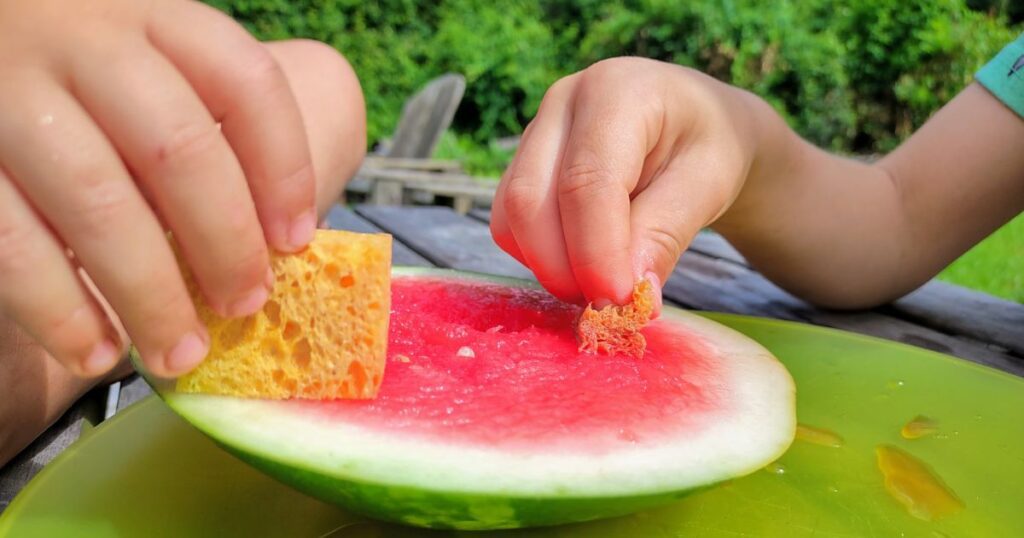
How Do Insects Eat?
with a sponge, straw, & tweezers.
— July 20, 2024
Different insects eat in a variety of ways. Some insects eat like we do, others drink through a straw, and some have mouths like a sponge! Your child will explore the fascinating world of insects by trying to eat using these different ways.
As an Amazon Associate, Playing for Hours earns from qualifying purchases.
What is an insect?
Chances are your child knows what a bug is when they spot one. However, insects have special characteristics that make them separate from bugs.
Because of this I recommend introducing your child to insects before beginning the activity. Teach your child the characteristics of an insect, is an excellent first activity with a free printable to do just that. In Ii is for Insect you will have more play based learning activities to help with just that. As well as an insect themed book list. A couple of excellent books for this activity are: In the Tall, Tall Grass by Denise Fleming and It Fell from the Sky by The Fan Brothers. Check it out at the button below.
Materials and set up.
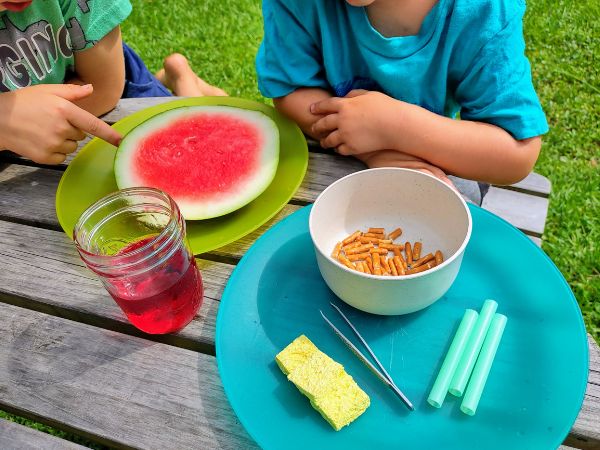
A tweezer, sponge, and straw are the items needed to mimic different insect mouthparts. You can purchase plastic crafting tweezers for this activity or simply clean your current household tweezers with alcohol before use. Also, I recommend cutting the sponge. A quarter of a normal size sponge worked well for my boys. Lastly, the straws can be cut in half as well to make them easier to work with.
The food items will depend on which type of insect’s mouthpart anatomy we are attempting to use to eat the food. Use what you have on hand but in case you need ideas I have listed a few options for each type:
- Tweezer: crackers, pretzels, banana.
- Sponge: banana, watermelon, apple.
- Straw: juice, milk, water.
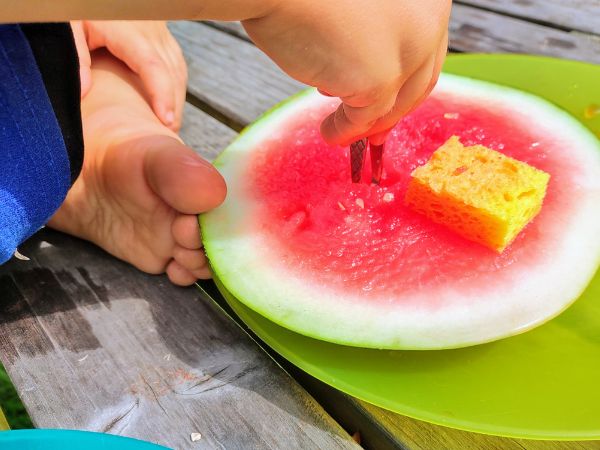
3 Different ways for your child to eat like an insect.
Insects who eat with a sponge as a mouth.
Basically all types of flies have a proboscis mouthpart that has evolved into a sponge. These include house flies, horse flies, fruit flies, drain flies, … the list goes on. To eat, the flies first spit out salivary juices that begin to break down the food they want to eat. Then they begin sponging up the predigested food.
I recommend not sharing the spitting part until after your child has tried sponging up the juice from a watermelon or apple. I have three boys so I know what they would try to do if I told them before we finished the sponge part of the activity.
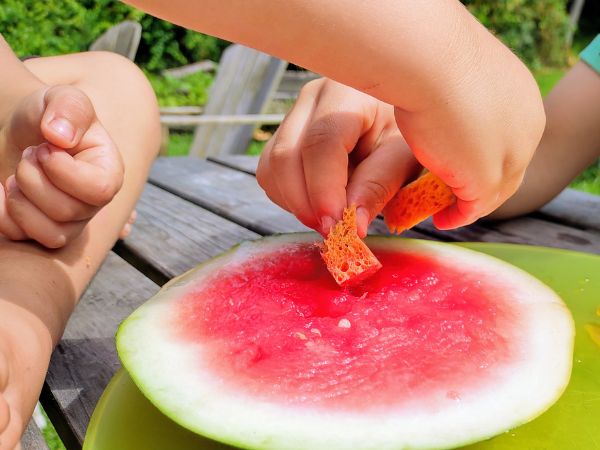
Insects who drink through a proboscis straw.
Many insects, both nuisances and helpful, use a proboscis. Butterflies, assassin bugs, stink bugs, bees, moths, and some wasps. All these insects use a proboscis to drink nectar from a plant. A proboscis is a tube shaped structure that allows the insect to insert it into a narrow opening and drink as with a straw.
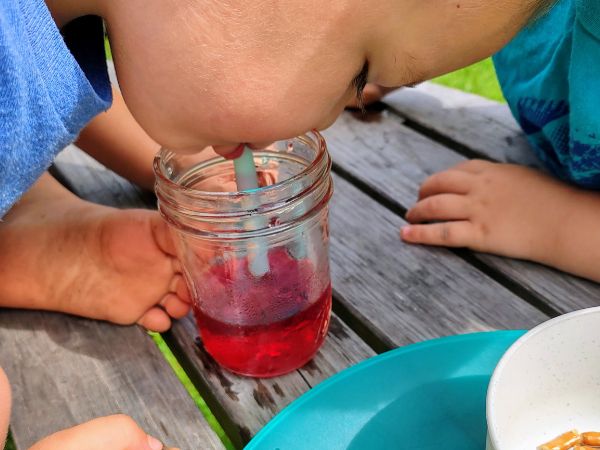
Insects who chew with mandibles.
Cockroaches, grasshoppers, beetles, ants, termites, praying mantis, and the majority of wasps. Many insects are found in this category of chewing insects. They use mandibles and jaw-like features to masticate their food. Just like we do!
These insects are also known for biting as a defense and are most prevalent nuisances in our gardens. It makes me think of the passage from Laura Ingalls Wilder’s book, On the Banks of Plum Creek. She describes the locusts destroying the wheat fields with the sound of, “millions of jaws biting and chewing.”
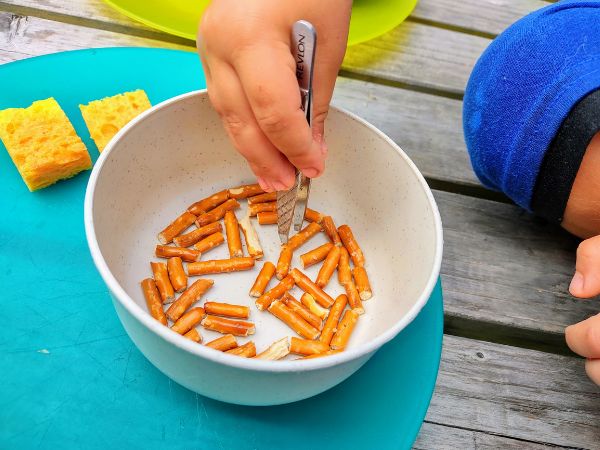
A play based learning experience.
Insects come in a variety of shapes and colors. Now your child knows how they eat is unique too! My children still talk about this lesson because it is play based learning at its finest. Whether eating with a sponge, straw or tweezers was the most fun for your child, I’m sure there was plenty of giggling.
If you and your family enjoyed this activity please let me know in the comments. Also, share the different foods and juices you may have used.
If you would like to check out another play based learning insect activity I recommend heading over to the post, How to act out the life cycle of a butterfly. Step-by-step instructions are given for teaching your child a butterfly’s life cycle through motion and kinesthetic learning.
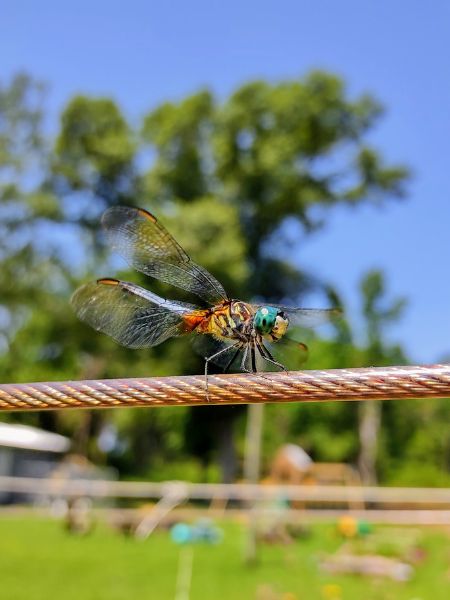
Letter of the Week
Ii is for Insect is part of a larger curriculum. Check out Letter of the Week at the button below. You will find more activities just like this for all the letters of the alphabet.
How Different Insects Eat
Activity Instructions
Materials needed
- Tweezers
- Sponge
- Straw
- Toy insects or pictures
- Banana, sliced
- Watermelon
- Pretzels
- Juice
Instructions
- Begin with clean tweezers. Ants and caterpillars have strong jaws to eat their food. Have pictures of these insects or place insect toys on the table while your child uses the tweezers to pick up and mash a slice of banana. You can use pretzels for this step as well. These can also be compared to our own jaws.
- Next place out a toy fly or picture and a clean sponge. Have them dab the mashed banana (or watermelon) with the sponge and see how much it actually absorbs of the liquid.
- Lastly, switch the fly out for a butterfly and bee. Give the child their glass of juice and a straw.
Recent posts on the homeschool blog.
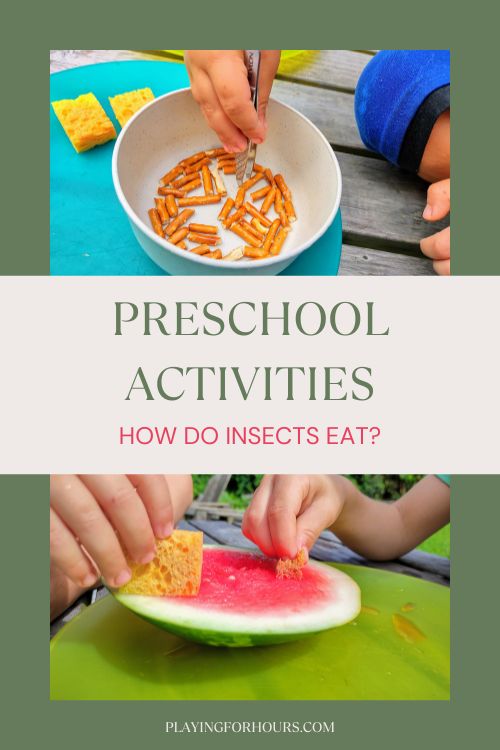

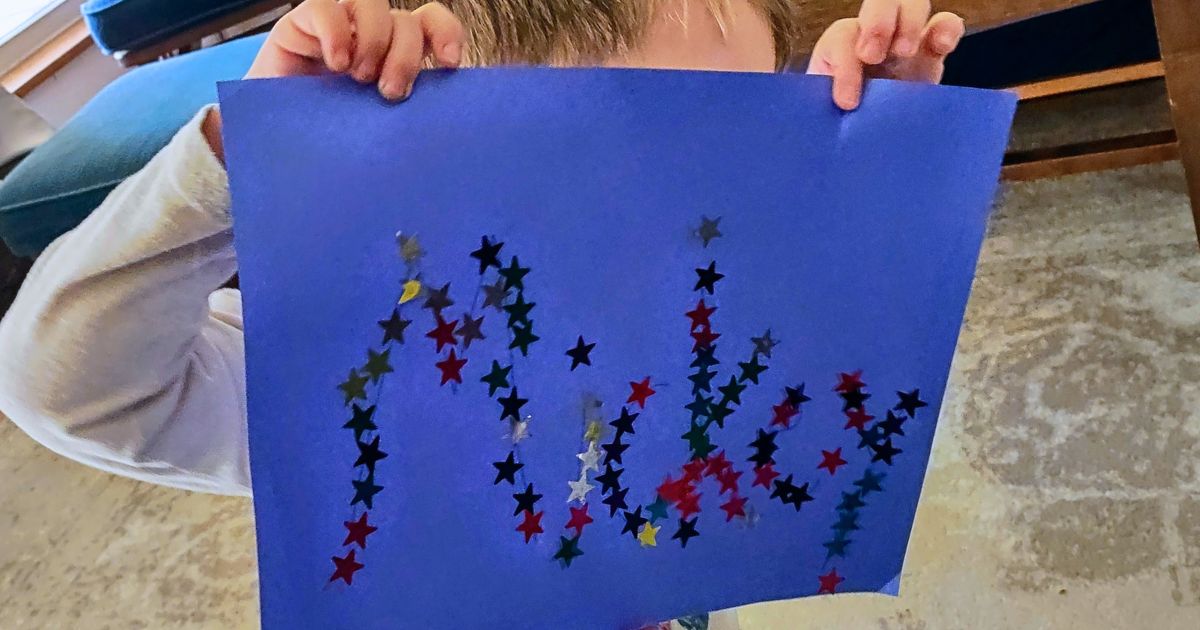
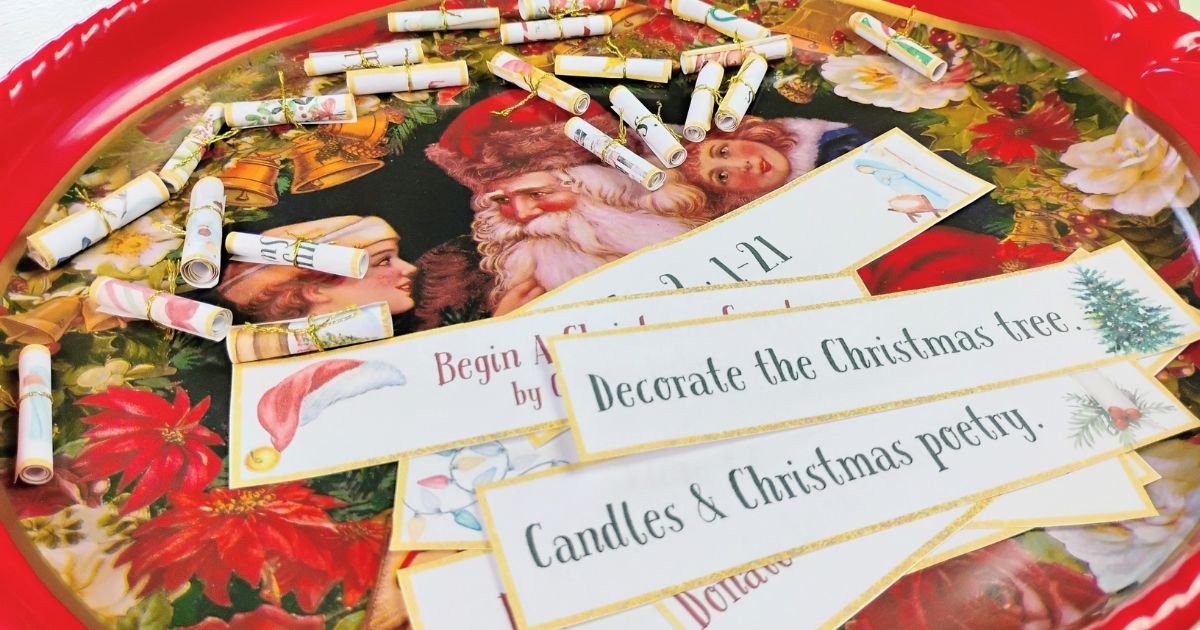
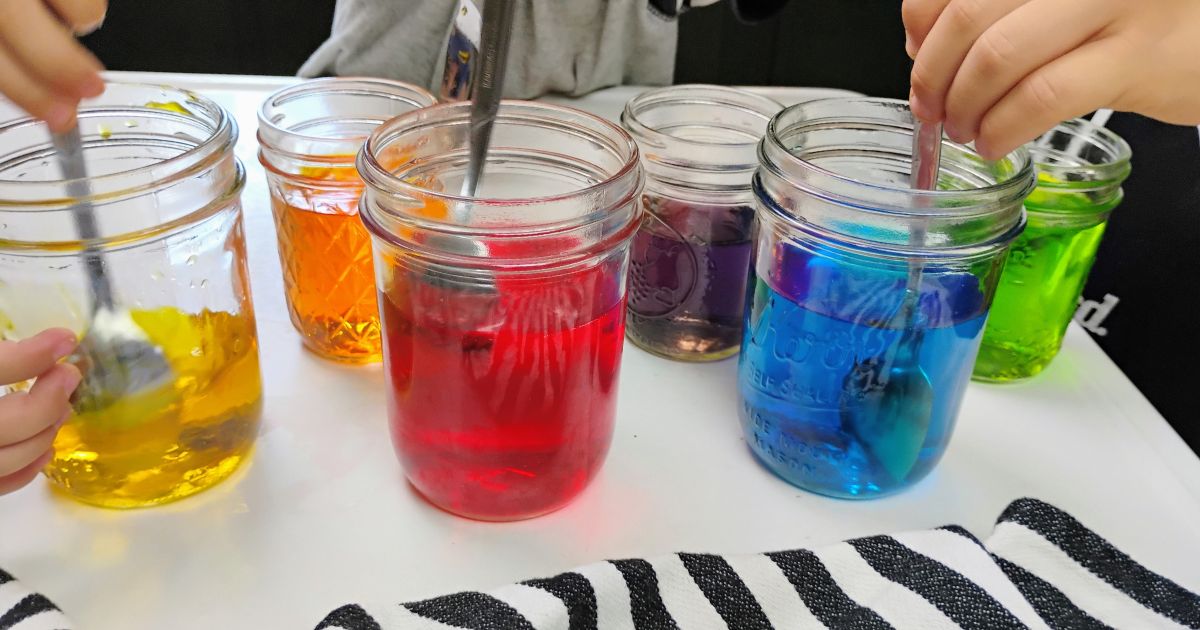
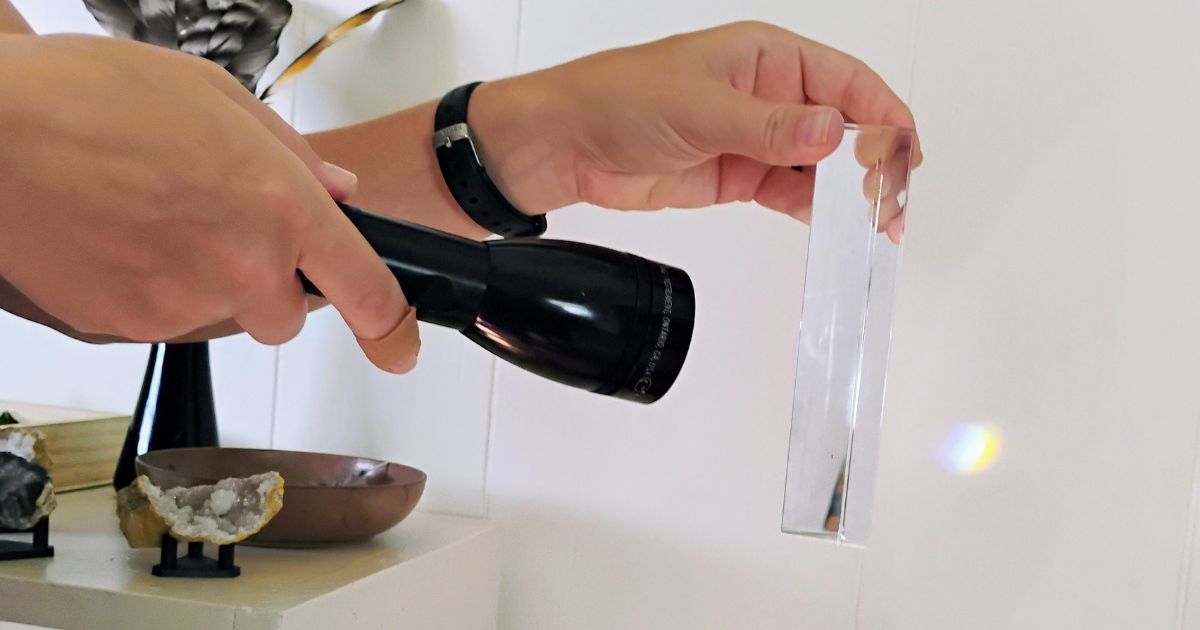

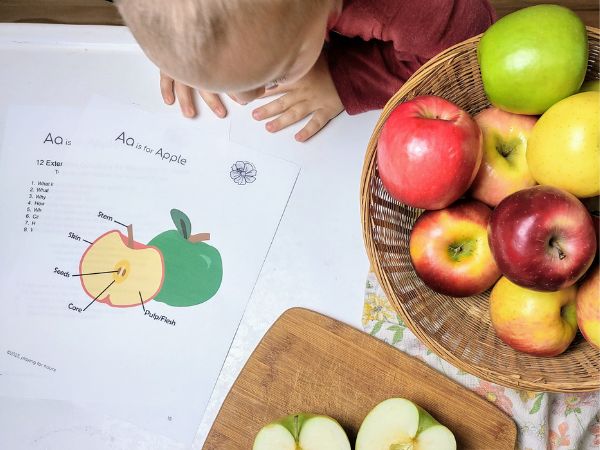
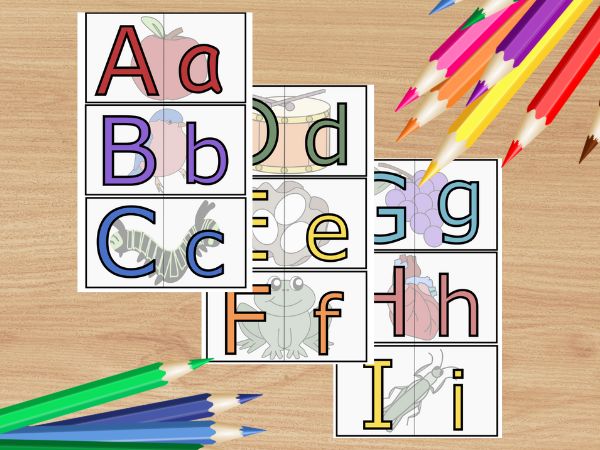
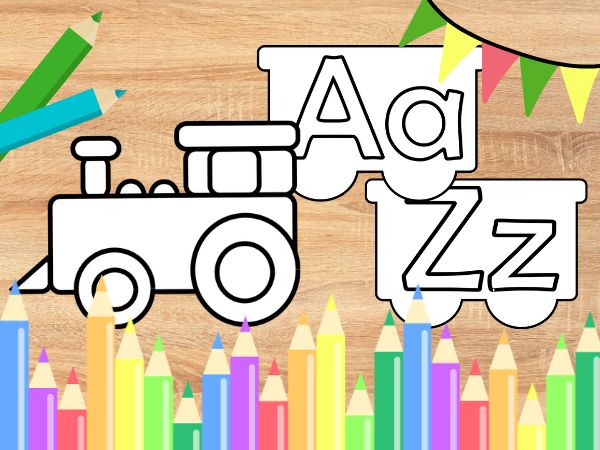
Leave a Reply